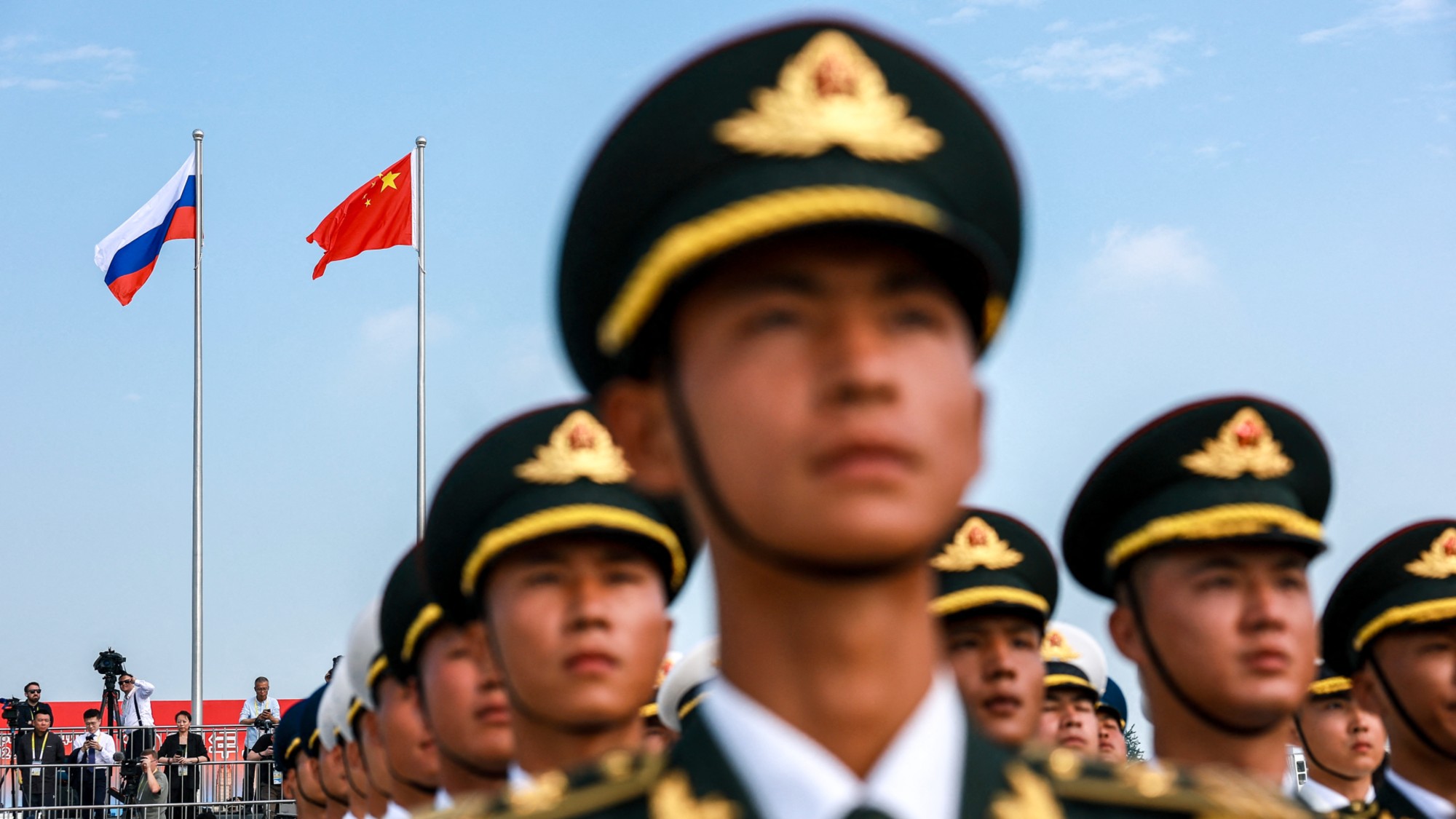The week's best parenting advice: August 25, 2020
Let them build forts, creating space for distance learning, and more


1. The year of fort building
"Apparently, something about COVID is inspiring people around the world to construct forts," writes Krista Langlois at Outside. The cobbled-together shelters are popping up in forests, parks, and pathways everywhere, as kids look to channel their boredom and angst into building their own little safe spaces. "Fort building is a fundamental childhood activity," Tom O'Rourke, director of the Hartley Nature Center in Duluth, Minnesota, tells Langlois. "Kids are hands-on, tactical, imaginative creatures, so the idea of using natural materials and problem-solving and thinking creatively affords all these opportunities for them to learn and grow." He suggests parents avoid micromanaging their kids' fort building, though they can help choose their construction materials — materials that are already on the ground are best. And if you don't have access to outdoor space, don't fret: An indoor fort made of chairs, blankets, and cushions "offers similar opportunities for creativity and problem-solving while giving them a private nook where they can play or snuggle up and feel safe."
2. You guys got this
Speaking of space, lots of parents are scrambling to transform some part of their home into a school zone for kids who are distance learning during the pandemic. "Some sort of dedicated space within parental view helps foster the routine a real classroom provides," writes Sal Vaglica at The Wall Street Journal. If, by chance, you don't have an entire room to spare, try "nontraditional living spaces," suggests interior designer Shalena Smith. "Walk-in closets, garages, patios, and yards are all fair game for kids right now," she told Wirecutter. Or, you could just use good, old-fashioned poster board, as demonstrated by teacher and mom Angelina Harper. Armed with a glue gun, some hooks, clips, stickers, and organizing folders, she created customized workspaces for all three of her kids for less than $15. "Happy distance learning," she says. "You guys got this."
The Week
Escape your echo chamber. Get the facts behind the news, plus analysis from multiple perspectives.

Sign up for The Week's Free Newsletters
From our morning news briefing to a weekly Good News Newsletter, get the best of The Week delivered directly to your inbox.
From our morning news briefing to a weekly Good News Newsletter, get the best of The Week delivered directly to your inbox.
The Wall Street Journal Wirecutter
3. The benefits of urban green space
When scouting for new homes, recent research suggests city-dwelling families may do well to consider an area's surrounding green space. A study of 600 children, published in the journal Plos Medicine, finds that kids who grow up in urban areas with access to green space have higher IQ compared with urban kids who lack access to parks, gardens, and trees. The IQ bump was especially pronounced for kids "at the lower end of the spectrum, where small increases could make a big difference," The Guardian reports. The green space also seemed to reduce behavioral problems and aggressiveness in kids. The researchers think a few factors are at play, including lower noise levels, reduced stress due to exposure to nature, and more physical activity. "I think city builders or urban planners should prioritize investment in green spaces because it is really of value to create an optimal environment for children to develop their full potential,"said Tim Nawrot, a professor of environmental epidemiology at Hasselt University in Belgium.
4. Why you should mask up at home
While the science world figures out just how susceptible kids are to COVID-19, and whether or not they spread it as effectively as adults do, it might be a good idea to encourage your own children to wear masks in public. But this won't always be easy, especially for toddlers. Meghan Moravcik Walbert at Lifehacker has a suggestion for getting them used to the idea: Have kids wear masks at home. "Nobody wants to be masked for the majority of a 6- or 7-hour school day, but it'll be a little easier to pull off if they've got at least some experience with sustained wear." You could start by asking them to mask up while they engage in screen time: "Kids likely want screen time more than they don't want to wear a mask," she says. From there, incorporate other mask-wearing times throughout the day.
A free daily email with the biggest news stories of the day – and the best features from TheWeek.com
5. But grandma said I could!
A recent national poll finds that nearly half of parents report clashing with their own parents — their child's grandparents — over parenting styles. The data, from the C.S. Mott Children's Hospital National Poll on Children's Health at Michigan Medicine, found that some rifts are so severe they result in parents limiting the time their kids spend with grandma or grandpa. The most common conflicts? Discipline, meals, and — you guessed it — screen time. And according to the responses from 2,016 parents, gentle nudges don't always work: Half of grandparents changed their behavior when requested, but nearly 20 percent refused. "The bigger the conflict, the less likely grandparents were to budge," says Mott Poll co-director Sarah Clark. The researchers say the findings indicate that the onus is on grandparents to try to understand parents' requests, "not only to support parents in the difficult job of raising children, but to avoid escalating the conflict to the point that they risk losing special time with grandchildren."
Jessica Hullinger is a writer and former deputy editor of The Week Digital. Originally from the American Midwest, she completed a degree in journalism at Indiana University Bloomington before relocating to New York City, where she pursued a career in media. After joining The Week as an intern in 2010, she served as the title’s audience development manager, senior editor and deputy editor, as well as a regular guest on “The Week Unwrapped” podcast. Her writing has featured in other publications including Popular Science, Fast Company, Fortune, and Self magazine, and she loves covering science and climate-related issues.
-
 How Bulgaria’s government fell amid mass protests
How Bulgaria’s government fell amid mass protestsThe Explainer The country’s prime minister resigned as part of the fallout
-
 Femicide: Italy’s newest crime
Femicide: Italy’s newest crimeThe Explainer Landmark law to criminalise murder of a woman as an ‘act of hatred’ or ‘subjugation’ but critics say Italy is still deeply patriarchal
-
 Brazil’s Bolsonaro behind bars after appeals run out
Brazil’s Bolsonaro behind bars after appeals run outSpeed Read He will serve 27 years in prison
-
 Americans traveling abroad face renewed criticism in the Trump era
Americans traveling abroad face renewed criticism in the Trump eraThe Explainer Some of Trump’s behavior has Americans being questioned
-
 Nigeria confused by Trump invasion threat
Nigeria confused by Trump invasion threatSpeed Read Trump has claimed the country is persecuting Christians
-
 Sanae Takaichi: Japan’s Iron Lady set to be the country’s first woman prime minister
Sanae Takaichi: Japan’s Iron Lady set to be the country’s first woman prime ministerIn the Spotlight Takaichi is a member of Japan’s conservative, nationalist Liberal Democratic Party
-
 Russia is ‘helping China’ prepare for an invasion of Taiwan
Russia is ‘helping China’ prepare for an invasion of TaiwanIn the Spotlight Russia is reportedly allowing China access to military training
-
 Interpol arrests hundreds in Africa-wide sextortion crackdown
Interpol arrests hundreds in Africa-wide sextortion crackdownIN THE SPOTLIGHT A series of stings disrupts major cybercrime operations as law enforcement estimates millions in losses from schemes designed to prey on lonely users


